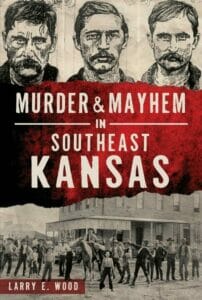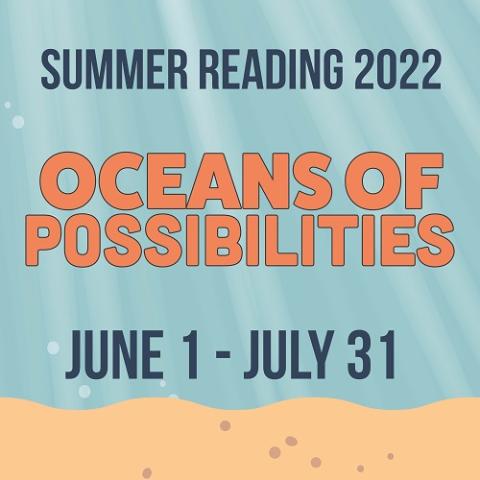Learn More About the Bloody Benders
by Audrey Swartz, Readers’ Advisory Librarian

As the newest member of the Manhattan Public Library family, I struggled to come up with a topic for my very first column, and a wise colleague told me to pick a topic I’m drawn to. Before diving into the world of America’s first serial-killing family, let me quickly introduce myself. My name is Audrey Swartz, and I am the newest addition to the library and information services department. I work in adult services, creating reading suggestions either through personalized lists or our LibraryAware newsletters. You can find me working the library reference desk on the second floor. Finally, I have taken over the role as the readers’ advisory librarian, making and organizing displays, reading lists, and assigning and writing article like these. With that said, let’s explore Labette County’s true crime history.
I have gotten really into true crime; add that to being a non-native Kansan, and you get that I’ve spent a lot of time digging around to find out what kind of history Kansas has. In doing so, I stumbled across the Bender family, who are more commonly known as the Bloody Benders: a German immigrant family who murdered people traveling along the Osage Mission Trail, a frequently-traveled path from Fort Scott to Independence, between May of 1871 and December of 1872. The Bender cabin and store was located about three-quarters of the way to Independence along the trail. The family consisted of four members: mother, father, daughter and son. They were estimated to have killed 11 people, but the numbers can run as high as 22. Only 11 bodies were discovered during the initial investigation at the Benders homestead. The true fate of the family remains unknown, but rumors vary from a successful bid for freedom to the family being lynched by a posse and sunk to the bottom of a river.
In his book “True Tales of Old-Time Kansas” (1984), David Dary explores Kansas tales spanning from hidden treasure to trail stories to murder. He takes eight pages to retell the commonly-heard story of the Bender family. While the telling is short, it is very informative and goes into more details about the family and their crimes than the more recent short telling by Larry Wood. His book “Murder and Mayhem in Southeast Kansas” (2019) is a fraction of the size of Dary’s and unfortunately has a fraction of the information. In his eight-page telling, Wood almost exclusively covers the aftermath of the Benders’ disappearance and the search to find them. He also takes up considerable space with images gathered from the Kansas Historical Society. While Dary provides some images, he does a much better job at balancing out the before and after.
A very recent addition to the library and to the Bender legacy is “Hell’s Half-Acre” (2022) by Susan Jonusas. She goes deep into the story of not just the Bender family but also their neighbors, the victims’ families, detectives, and other outlaws who may have helped the family escape. She divides her book into five sections, each dedicated to drawing the reader into her extensively-researched story. If one wants to get a clear picture of what frontier Kansas was like and a better understanding of the Bender family, you need look no further than this book. Jonusas paints a brutally clear picture of the grotesque discovery that, as she puts it, lay “beneath an orchard of young apple trees. (book jacket)”
These three books approach the story in a matter-of-fact and researched way. They are the epitome of non-fiction. There are, however, other materials that take the horrid story of the Benders and proceed to concoct more. Normally I would not suggest looking into the fiction surrounding an event, but I would be remiss in my job not to point out that we have these materials. The first is “Hop Alley” by Scott Phillips (2014), and the second is the film “Bender: America’s First Serial Killer Family” (2016). Phillips’ novel is set in western Kansas and embraces the Benders as just another part of the story, another obstacle the protagonist must face to achieve his ultimate goal. The Bender film is a dramatic retelling of the story that sticks fairly close to the original legend. The film won multiple awards at several film festivals and is perfectly chilling.
It only feels right to end this with the words of author David Dary: “The end of the Benders is not known. The earth seemed to swallow them, as it had their victims. (p.131)”


 School is out, and it is a time of freedom for many kids. With some of the pressure lifted, everyone can breathe easily and enjoy some sunshine. Summer is also the perfect time for exploration and discovery through books. The library’s
School is out, and it is a time of freedom for many kids. With some of the pressure lifted, everyone can breathe easily and enjoy some sunshine. Summer is also the perfect time for exploration and discovery through books. The library’s